AARP Hearing Center


If you’ve noticed that some grocery store shelves still seem a bit bare, you’re not alone. Extreme weather is wreaking havoc on global crop production, and the ongoing war in Ukraine has prevented use of its ports, further snarling the international distribution of goods. These are just a couple of the conditions that have resulted in ongoing supply problems that are frustrating producers, retailers and consumers alike.
Here’s a look at some of the items that can currently be difficult to find, along with ones that you might want to stock up on for later.
1. Rice
Rice is the primary staple food for more than half the world’s population, but growing and distributing it has become much more challenging as of late.
According to Ken Spigarelli, managing director of KPMG Advisory, the world’s rice supply has been affected by a “combination of bad weather in rice production areas such as Pakistan and China and the ongoing war in Ukraine.”
Sabrin Chowdhury, head of commodities analysis at Fitch Solutions, explains that the bad weather affecting production includes the effects of El Niño. During El Niño, Pacific trade winds weaken, pushing warm water east toward the west coast of the Americas. This leads to drier-than-normal conditions in Southeast Asia, which would further decrease rice production in the region.
As a result of these factors, global rice prices have been rising since early last year, including an increase of 14 percent since last June. Currently, India is the world’s top rice exporter, and to keep its domestic prices from escalating, the country enacted an export ban in July on non-basmati white rice.
All of these factors mean rice and rice products could become more difficult to find — and more expensive — in the coming months.


2. Tequila
Last year, according to the U.S. Department of Agriculture, there was an increased demand for tequila from Mexico, while imports of whiskey and vodka decreased.
Sadly, tequila now seems to be a victim of its own popularity.
Spigarelli explains that agave, tequila’s key ingredient, can take almost a decade to grow, so it’s difficult to rapidly increase the supply. And although agave is grown in various regions around the world, it is native to Mexico.
In addition to the time it takes to grow agave, says Spigarelli, the world’s supply is currently dependent on small-scale growers who are having a hard time responding to the increased demand. “Farmers are experiencing challenges around labor shortages, cost of packaging, shipping issues, and the effects of climate change and droughts,” he says.










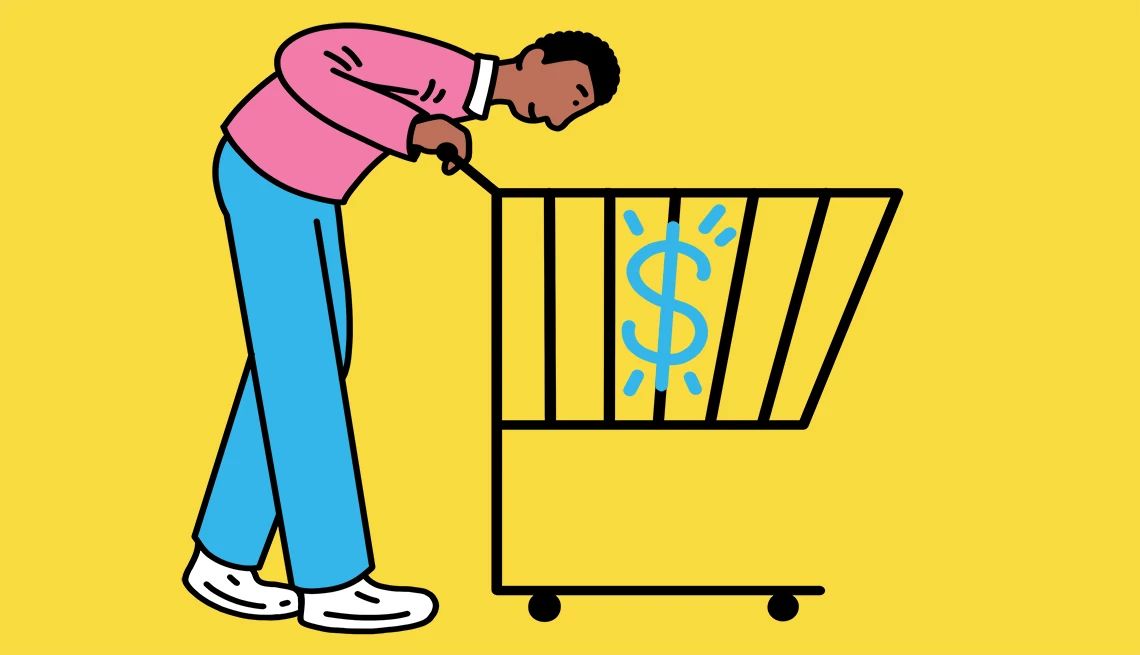





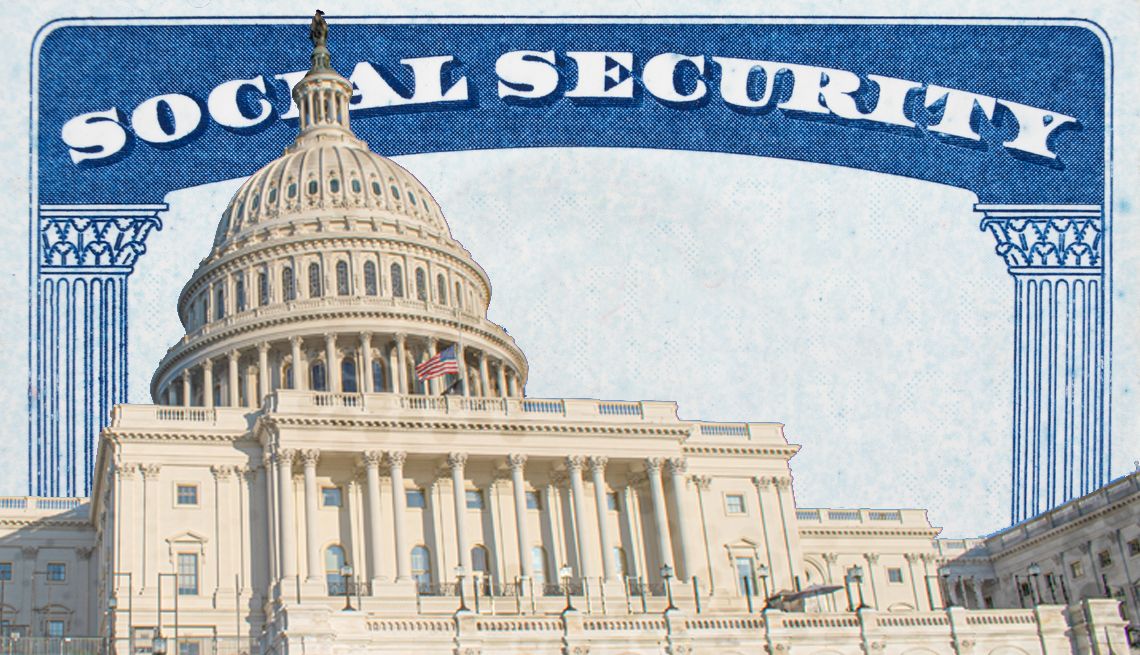


































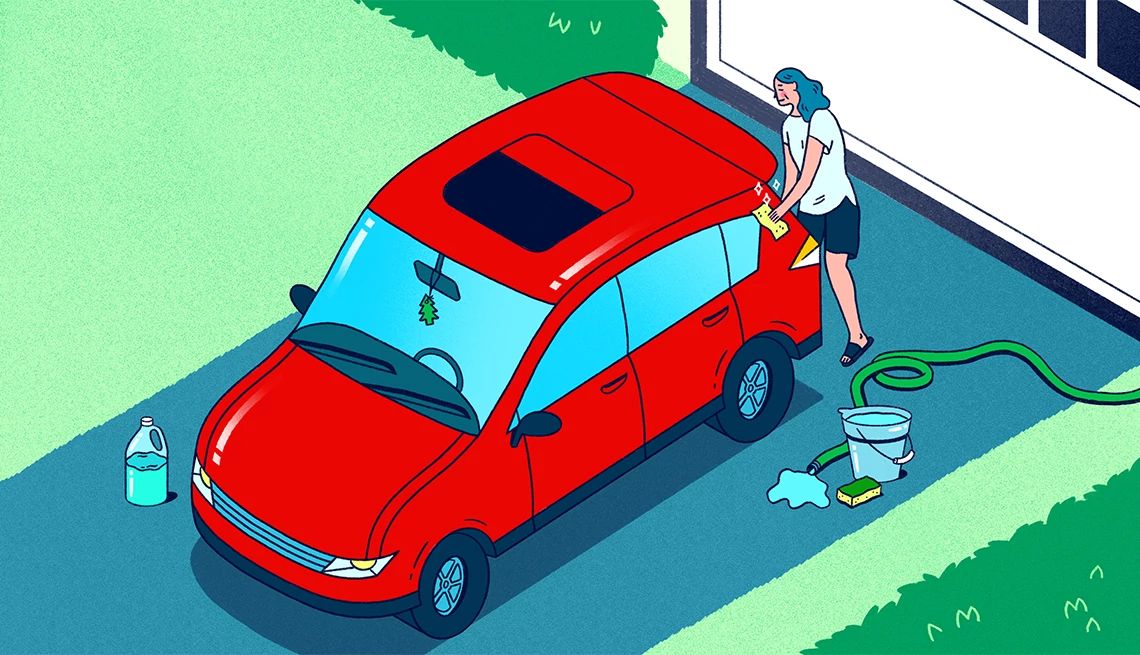














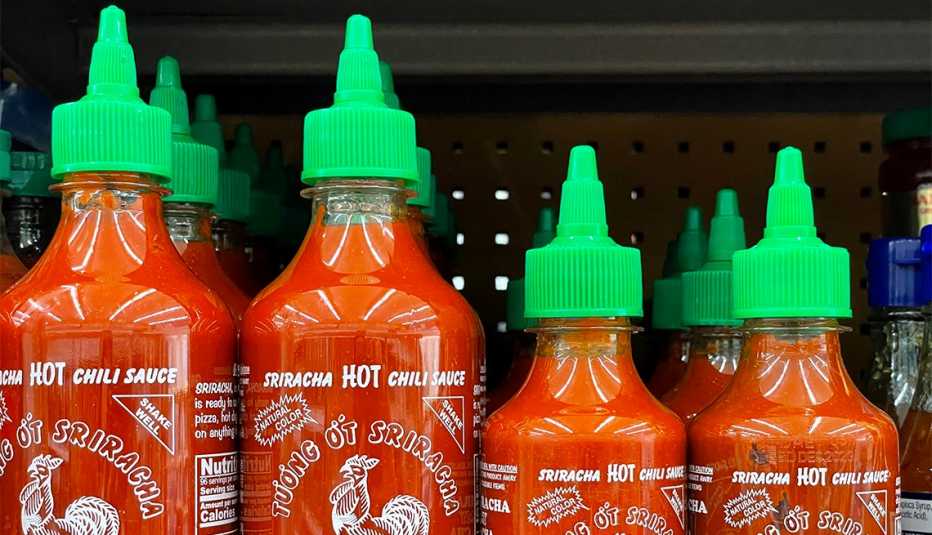
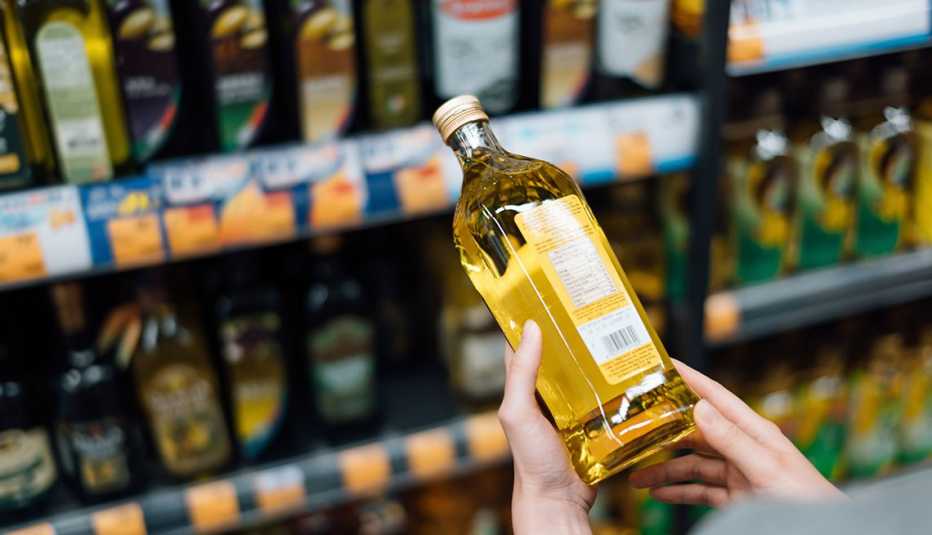




More From AARP
How to Win the Dynamic Pricing Battle
Tips on tracking prices for the best deal5 Items That Rise Quickly in Price
Inflation hits some items harder than others
Consumer Expert Shops Around for Savings
Get big rewards comparison shopping